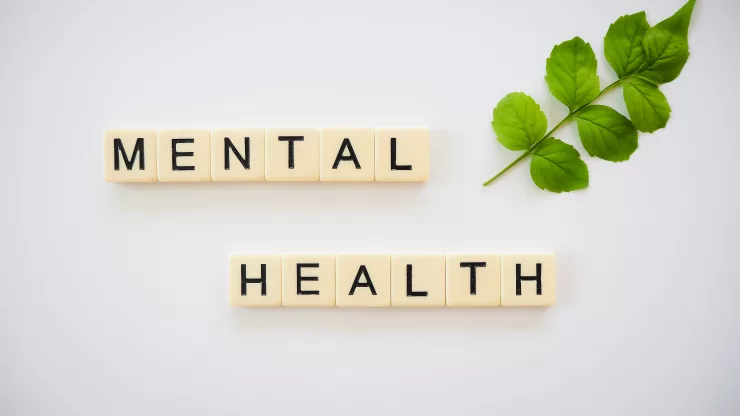Cognitive Behavioral Therapy (CBT): A Path to Happiness
Cognitive Behavioral Therapy (CBT) is a form of psychotherapy that has been proven effective in treating a wide range of mental health conditions such as anxiety, depression, and post-traumatic stress disorder (PTSD). CBT focuses on the connection between thoughts, feelings, and behaviors, and aims to help individuals identify and change negative thought patterns that contribute to their distress.
CBT is based on the idea that our thoughts and beliefs influence our emotions and behaviors, and that by changing our thoughts, we can change how we feel and behave. CBT is a practical and goal-oriented therapy that teaches individuals how to challenge and change negative thoughts and behaviors, and replace them with more positive and productive ones.
In this article, we will explore the basics of CBT, its underlying principles, and how it can help individuals lead happier and more fulfilling lives.
Jump to Section
Understanding the Mind-Body Connection
CBT recognizes the powerful connection between the mind and body, and how our thoughts and emotions can affect our physical health. When we experience stress or anxiety, our body responds by releasing stress hormones such as cortisol and adrenaline, which can lead to physical symptoms such as headaches, muscle tension, and digestive issues.
CBT teaches individuals how to recognize the physical symptoms of stress and anxiety, and how to use relaxation and mindfulness techniques to calm the body and mind. By learning to manage stress and anxiety, individuals can improve their overall health and well-being.
The Power of Positive Thinking
CBT emphasizes the importance of positive thinking and how it can improve our mental health and well-being. Positive thinking involves focusing on our strengths and accomplishments, and reframing negative thoughts into more positive and realistic ones.
CBT teaches individuals how to identify and challenge negative thoughts, and replace them with more positive and productive ones. By changing our thoughts, we can change how we feel and behave, leading to a more positive and fulfilling life.
Changing Negative Thought Patterns
Negative thought patterns can contribute to a wide range of mental health conditions such as anxiety, depression, and PTSD. CBT teaches individuals how to identify and challenge negative thought patterns, and replace them with more positive and productive ones.
Some common negative thought patterns include:
- All-or-nothing thinking: Seeing things as either black or white, with no middle ground.
- Catastrophizing: Believing that the worst-case scenario will always happen.
- Personalization: Blaming oneself for things that are outside of their control.
CBT teaches individuals how to challenge and replace these negative thought patterns with more positive and realistic ones, leading to improved mental health and well-being.
Action Steps for a Happier Life
CBT teaches individuals practical and actionable steps they can take to improve their mental health and well-being. Some action steps include:
- Practicing relaxation techniques such as deep breathing and mindfulness meditation.
- Engaging in regular exercise and physical activity.
- Setting realistic and achievable goals.
- Challenging negative thoughts and replacing them with more positive and realistic ones.
- Building and maintaining positive relationships with others.
By taking these steps, individuals can improve their mental health and well-being, and lead happier and more fulfilling lives.
Success Stories: Real-Life Examples of CBT in Action
CBT has helped countless individuals improve their mental health and well-being. Here are some real-life examples of individuals who have benefited from CBT:
- Sarah was experiencing severe anxiety and panic attacks. Through CBT, she learned how to identify and challenge her negative thought patterns, and replace them with more positive and realistic ones. She also learned relaxation techniques to help calm her body and mind. Sarah’s anxiety and panic attacks have significantly decreased, and she feels more in control of her life.
- John was struggling with depression and negative self-talk. Through CBT, he learned how to identify and challenge his negative thought patterns, and replace them with more positive and realistic ones. He also set achievable goals for himself and engaged in regular exercise. John’s depression has significantly decreased, and he feels more confident and positive about his life.
FAQ
What is CBT?
CBT is a form of psychotherapy that focuses on the connection between thoughts, feelings, and behaviors. It aims to help individuals identify and change negative thought patterns that contribute to their distress.
What conditions can CBT treat?
CBT has been proven effective in treating a wide range of mental health conditions such as anxiety, depression, and PTSD.
How long does CBT take?
The length of CBT treatment varies depending on the individual and their specific needs. Some individuals may see improvement after just a few sessions, while others may require longer-term treatment.
Is CBT right for me?
CBT may be beneficial for individuals who are struggling with negative thought patterns and emotions, and who are motivated to make positive changes in their lives. It is important to speak with a mental health professional to determine if CBT is the right treatment option for you.
CBT is a powerful and effective form of psychotherapy that can help individuals lead happier and more fulfilling lives.
By teaching individuals how to identify and challenge negative thought patterns, and replace them with more positive and productive ones, CBT can improve mental health and well-being.
If you are struggling with negative thoughts and emotions, consider speaking with a mental health professional to see if CBT is the right treatment option for you.

With a deep passion for personal development, Ben has dedicated his career to inspiring and guiding others on their journey towards self-improvement.
His love for learning and sharing knowledge about personal growth strategies, mindfulness, and goal-setting principles has led him to create My Virtual Life Coach.
Contact Ben at [email protected] for assistance.




